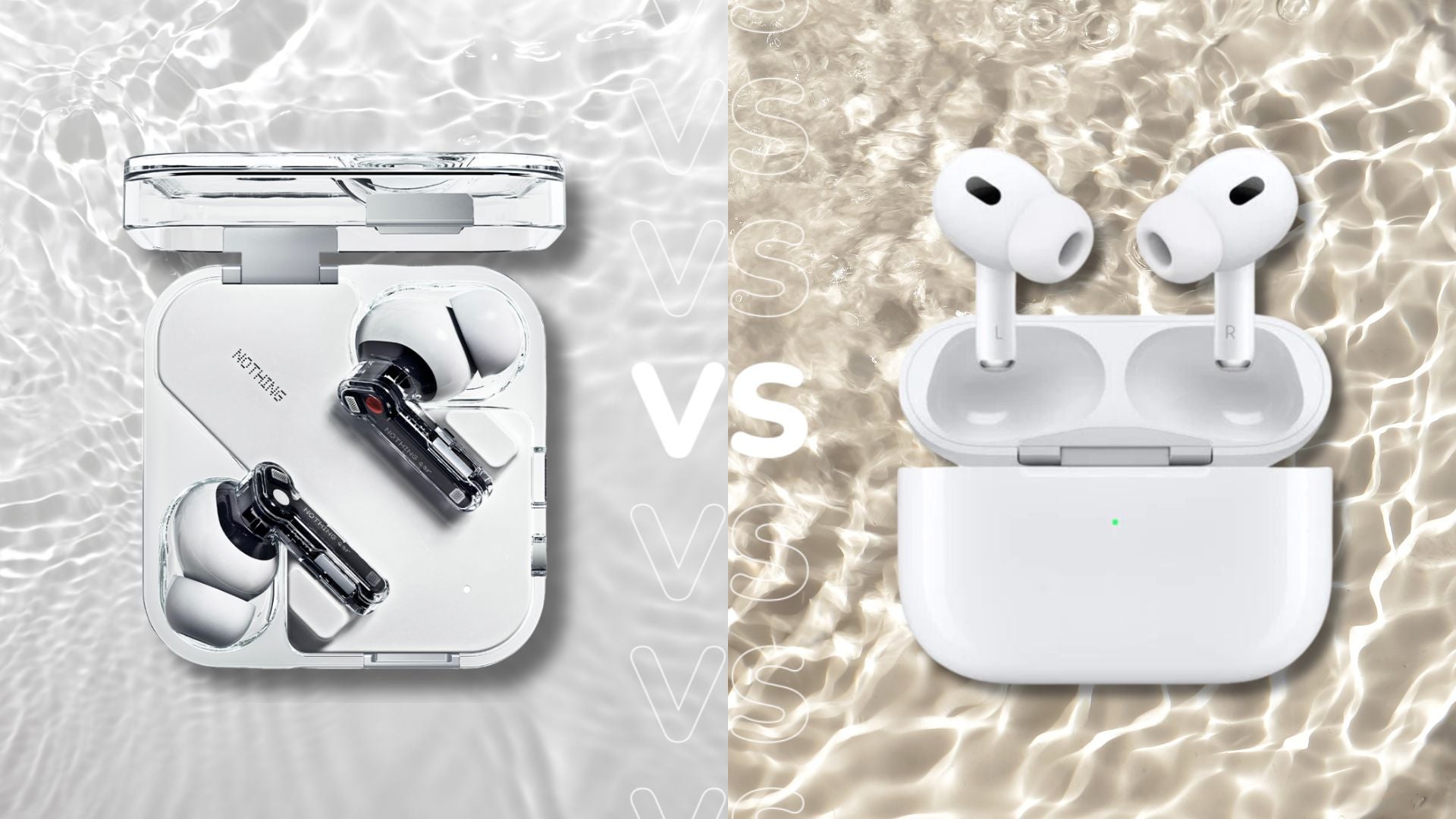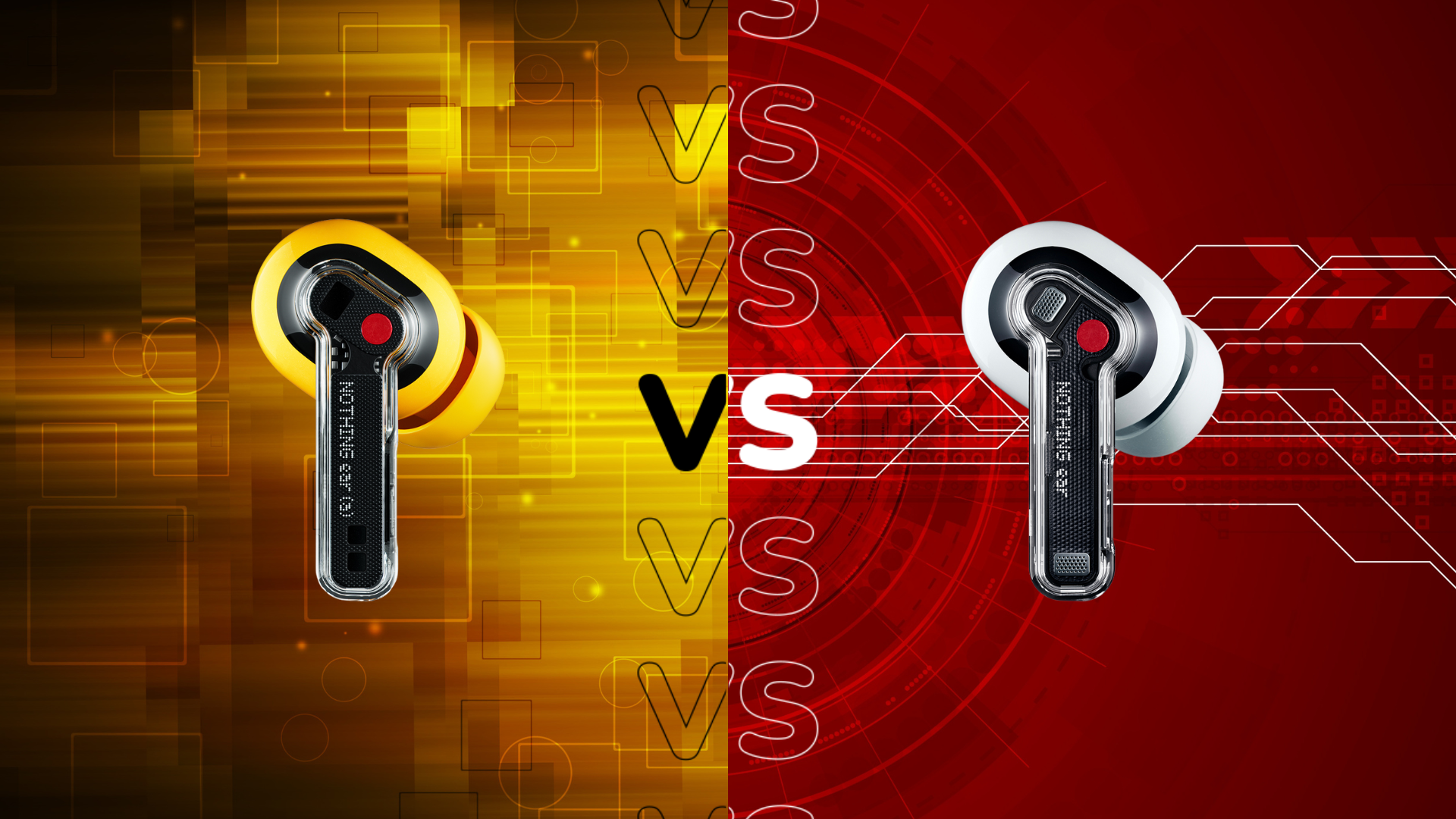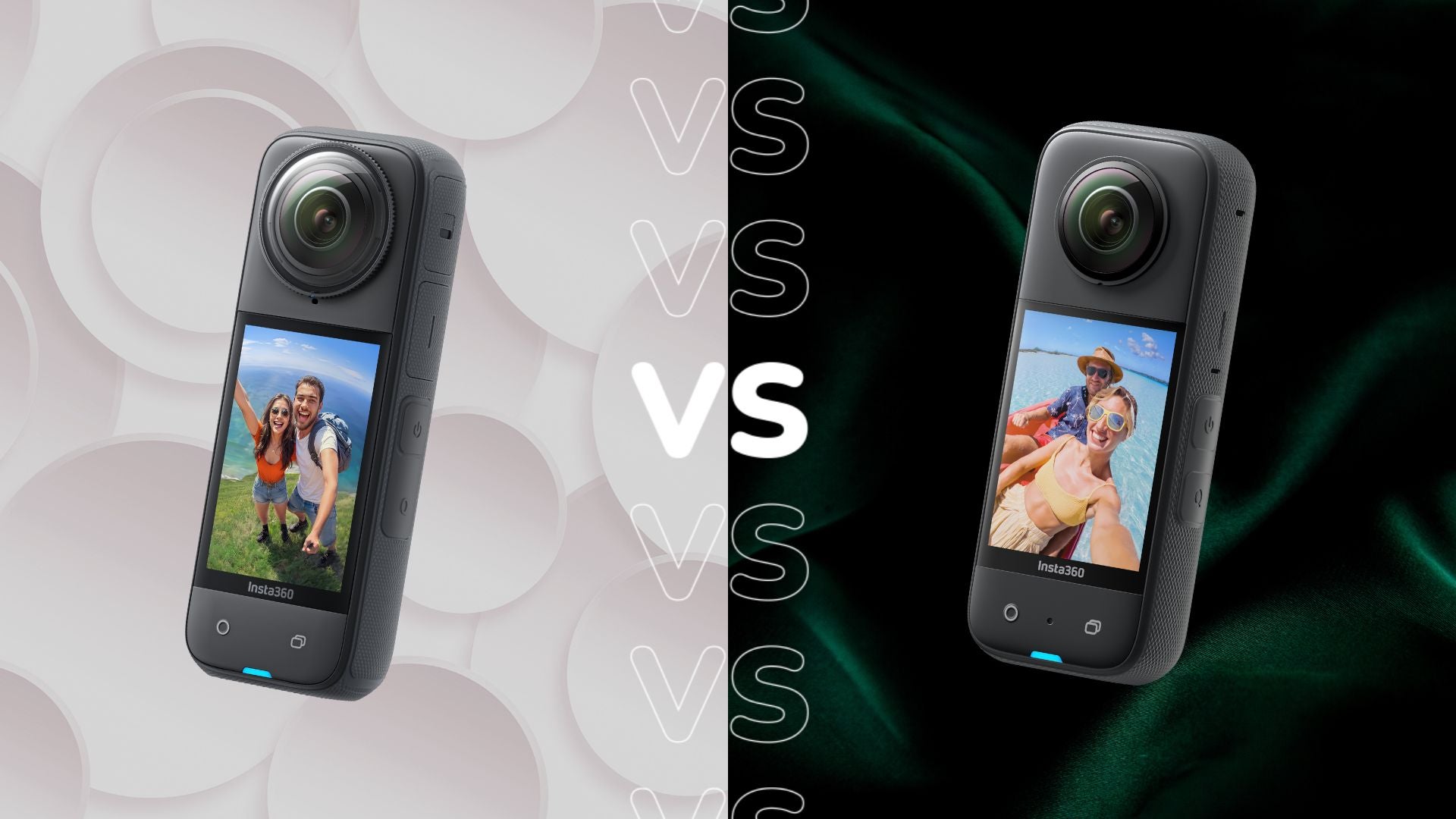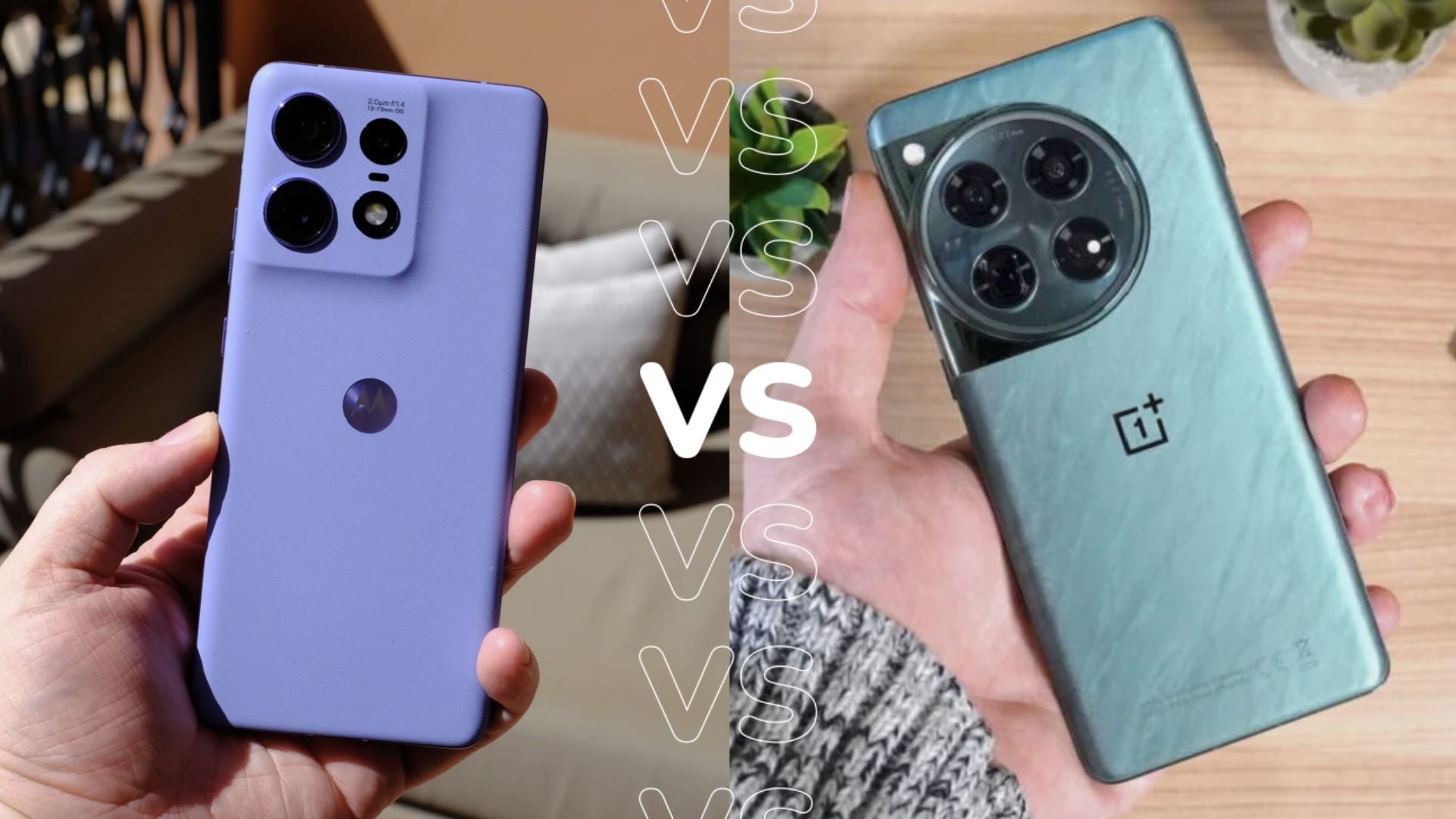Gmail vs Outlook: Which email service wins out?
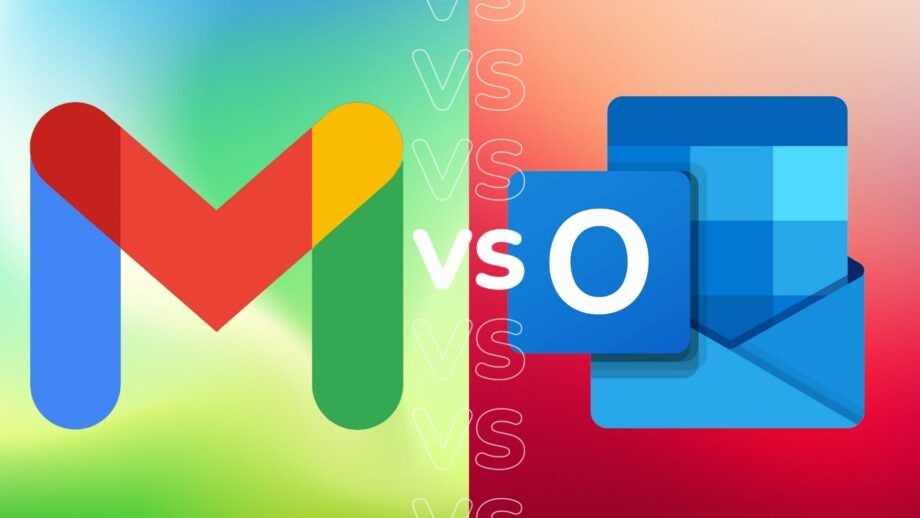
Outlook and Gmail are two of the most popular email services on the web right now, but which one is the better pick for you?
Email services may seem like a simple tool, but the features and functions of each service can have a huge impact on your productivity and organisation. That’s why we’re going to be taking a closer look at both Gmail and Outlook to see which service offers the best experience for users. Read on to find out all the key differences and similarities.
Pricing
Both of these email services offer personal accounts for free. Every Google account comes with 15GB of storage for free, although this is shared over Google Drive, Gmail and Google Photos, among other services. Upgrading to Google One – the premium paid service that gives users access to more features – provides up to 2TB of storage. The pricing for Google One, which includes Gmail, can be found below.
- 15GB for free
- 100GB for £1.59/$1.99 a month
- 200GB for £2.49/$2.99 a month
- 2TB for £7.99/$9.99 a month
The free version of Microsoft’s Outlook comes with the same 15GB of storage. Users can upgrade to Microsoft 365, which affects all Microsoft applications, including Word, Excel, PowerPoint, Microsoft Teams, Outlook and OneDrive. Microsoft offers more paid plans than Google, including Home, Business and Enterprise plans. The pricing for the home plans can be found below, but you can find out more about the other plans in our explainer by clicking on the link prior.
- Microsoft 365 Family (1TB storage, expandable up to 2TB): £79.99 per year / £7.99 per month
- Microsoft 365 Personal (1TB storage, expandable up to 2TB): £59.99 per year / £5.99 a month
Design
The interface of email services is subjective, so you may find that you naturally prefer how Outlook presents itself over Gmail. Outlook offers a minimalistic blue-tinted design with almost all of its essential features in view, which makes it easy to navigate. It is a bit cramped compared to Gmail, although it does have a very formal presentation when opened in the mobile app.
Gmail has undergone a lot of design changes in the last few years. It has a spacious design with all the essentials located on the side menu. Unlike Outlook, new Gmail messages appear in a separate window, which gives users a little more room for movement than its rival.
Navigation on the Gmail mobile app is seamless and fluid, with access to all the same features. Flipping through different profiles on Gmail can also be done without a lot of trouble, with the option to view all emails from all your profiles in one go.
Features
Both services are integrated into different ecosystems. Opening a Gmail account automatically grants users access to Google Docs, Google Drive and Google Sheets, among others. The same can be said for Outlook, with Microsoft Teams and OneDrive becoming available, although applications like Word, Excel and PowerPoint can only be used on a browser and not within the native app when using the free plan.
One of the most notable features of Gmail is Gmail Labels, which gives users more control over how they manage their incoming emails with categories and labels. Outlook has a more traditional filing system that is a little more restrictive since emails can only be assigned to one folder, with no options for labelling available.
Verdict
Overall, your personal preference will be the main determiner of if you want to go with Outlook or Gmail. Taking the paid plans out of the equation, both services offer the same amount of storage and come with distinctive interfaces and features that will appeal to different audiences.
If you’re looking for something minimalistic then Outlook may be your best bet, while Gmail is likely the better option for those that want to thoroughly organise and plan their inbox.



